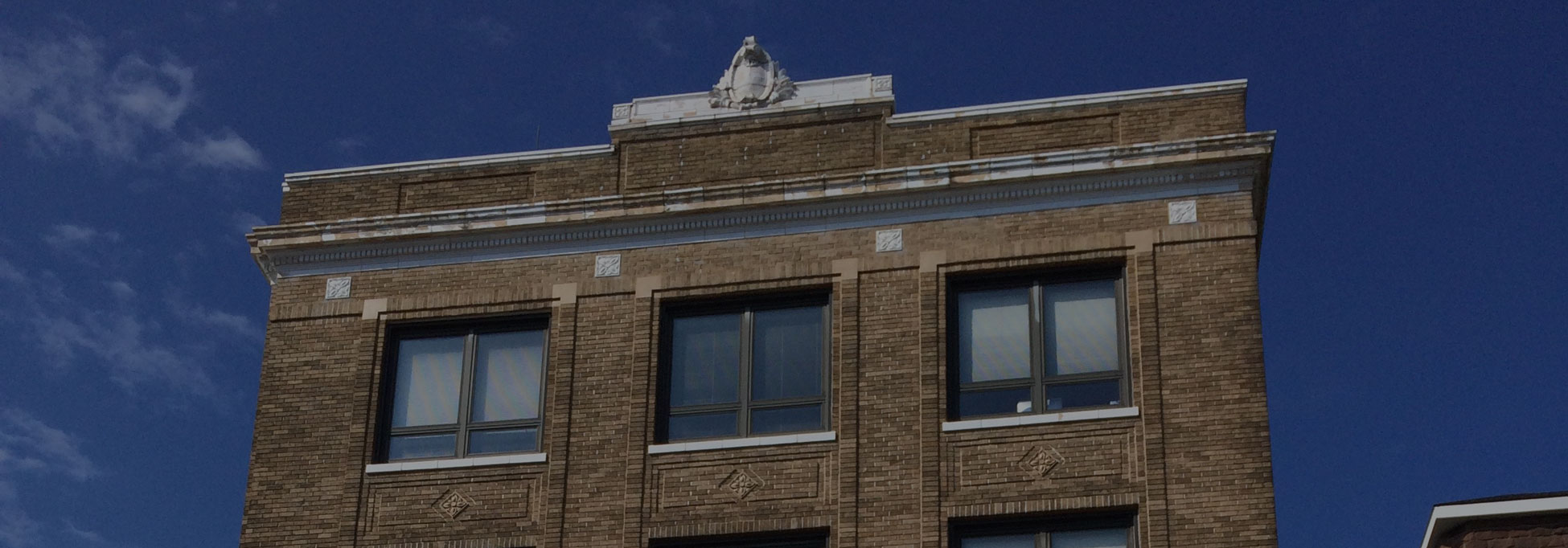A PURCHASING DILEMMA: A large Middlesex County public service entity had been trying to purchase a building for their adult day care center but had been unable to find the right combination of location, price and building for over 5 years. Their current space was very rundown, too small, and didn’t segregate the office from the program area well.
THE STRUCTURE: We were engaged by the non-profit to both renegotiate a short-term renewal and to do a sight search to purchase. Since their clients were spread out over a large geographic area and arrived by a combination of public and private buses, location relative to transportation was important. Their existing landlord knew we were looking for another location, so was extremely hard on terms for a short-term renewal. The management of the property declined making further negotiation with the Landlord contentious.
THE NEGOTIATION: The Upper Middlesex Office Market was very healthy, so there were few small buildings (under 10,000 sf) that were available, and none fit the criteria of our non-profit customer. However, we looked deeper into the buildings that fit the criteria but were not on the market until we found one that was going to be put up for sale soon. Our brokerage firm was asked to market the building, which complicated the transaction because of our potential conflict of interest. This “dual representation” was disclosed immediately, and all parties confirmed that they were comfortable to move forward after the full disclosure. The price and terms were negotiated between the parties and their respective attorneys. The Purchase and Sales Agreement had multiple contingencies, and for good reason. The building had substantial damage from wood boring insects that needed repair, and a credit from the Seller was negotiated to compensate the Buyer. The Buyer also needed a Special Permit from the Planning and Zoning Board, which was coordinated by their legal counsel. Other contingencies included financing and environmental issues that posed additional challenges to overcome.
HAPPY ENDING: After multiple extensions, the property closed and the non-profit buyer had an architect finish their design and management of the construction firm that rehabbed the building for their unique purpose. They moved out of their old space and into their new, expanded space with very satisfied results.
MORAL: An experienced commercial real estate professional can help solve multiple problems of their existing facility and future one despite the challenging needs of a non-profit agency.

